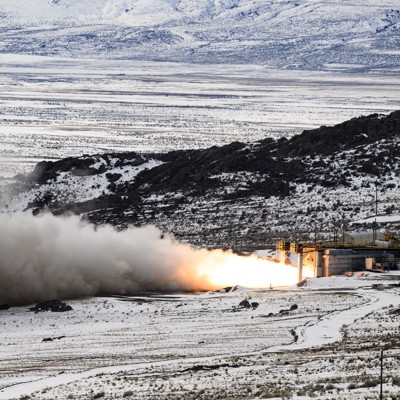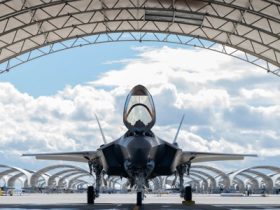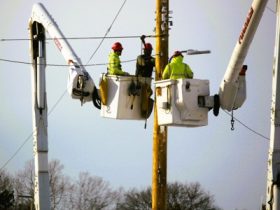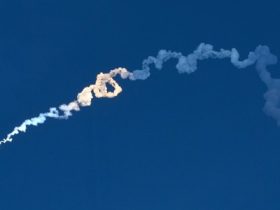Work on the command and launch segments of the Air Force’s Sentinel ICBM program are on hold while service leaders formulate a plan to restructure the way-over-budget effort to replace its aging intercontinental ballistic missiles, service officials said Monday.
“The Air Force’s ICBM Systems Directorate is assessing aspects of the current development effort that may be paused, or halted, as the Air Force restructures the program and updates the acquisition strategy,” a service spokesperson said in a statement. “Due to evolving launch facility requirements in the Command & Launch segment, the Air Force directed the Northrop Grumman Corporation to suspend the design, testing, and construction work related to the Command & Launch Segment, specifically [Launch Facility]-26 at Vandenberg SFB, CA, the Peacekeeper LF at Hill AFB, UT, the Physical Security Systems Test Facility at Dugway, UT, LF derivative training devices (including the Maintenance Training Facility and Security Forces Tactics Trainer at each missile wing), and the LF Standard Design.”
The program’s restructuring was announced last July after Sentinel’s projected costs ballooned to $141 billion, 81 percent beyond initial estimates, and after Pentagon officials said there is no viable alternative to pressing ahead with the program.
Northrop Grumman CEO Kathy Warden had hinted at the work pause on Jan. 30.
“The government has said that they project the restructure to take 18 to 24 months, so we are still very much in that window. And even though they have paused work on some small infrastructure efforts in the command and launch segment, that is reflected in what we have shared with you,” Warden said during the company’s fourth-quarter earnings call.
Northrop is working with the government during the restructuring phase and in the meantime, the company is “performing and meeting important milestones” on the engineering and manufacturing development contract, she said.
That work is proceeding even though the Air Force formally rescinded the Sentinel program’s Milestone B approval last year, which had moved the program from “technology maturation and risk reduction” to the EMD phase.
But the scope of Northrop’s EMD work could change. Last year, Air Force officials floated the idea of saving money by stripping out some construction work and opening it up to competition.
“I think there are elements of the ground infrastructure where there may be opportunities for competition that we can add to the acquisition strategy for Sentinel,” then-Air Force acquisition chief Andrew Hunter said.
Just how the Trump administration will restructure the Sentinel program remains to be seen. In recent testimony, Defense Secretary Pete Hegseth voiced support for the effort, stating that it is critical to maintain and modernize all three legs of the nuclear triad—Sentinel, the Columbia-class submarine, and the B-21 bomber.
Read the full article here








Leave a Reply